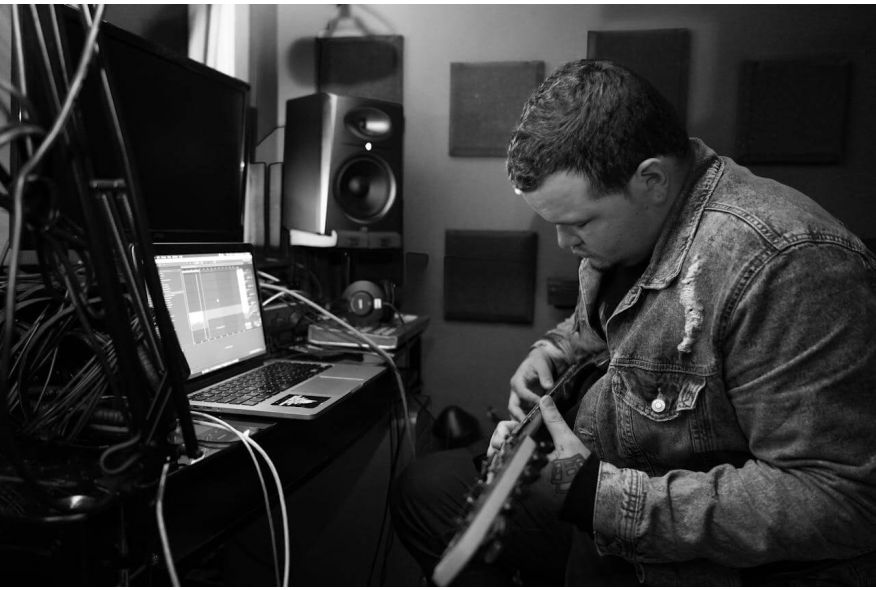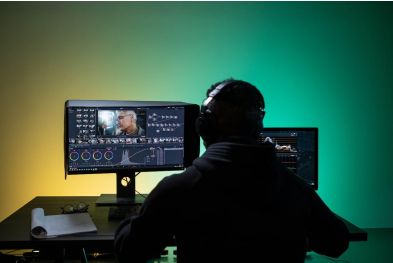Ideal PC Setup for Music Production: A Complete Guide
Music production is a demanding task that requires a powerful and well-optimized PC. Whether you’re recording, mixing, or mastering tracks, having the right setup can make a huge difference in your workflow. In this guide, we’ll walk you through the key components and features to consider when building a PC for music production.
Why Build a PC for Music Production?
A custom-built PC for music production offers several advantages:
Performance: Tailor your system to handle demanding Digital Audio Workstations (DAWs) and plugins.
Cost-Effectiveness: Save money by choosing components that meet your specific needs.
Upgradability: Easily upgrade individual parts as your production needs evolve.
Customization: Build a system that fits your workflow and preferences.
Key Components for a Music Production PC
1. Processor (CPU)
The CPU is crucial for running DAWs and processing multiple tracks and plugins. Look for a high-core-count processor with strong multi-threaded performance:
AMD Ryzen 7 5800X: Excellent for multitasking and audio processing.
Intel Core i7-12700K: Great performance for music production and other tasks.
2. Graphics Card (GPU)
While a high-end GPU isn’t essential for most music production tasks, it can be useful for visual plugins and video editing. Consider:
NVIDIA GeForce GTX 1660 Super: Great for general music production and light GPU tasks.
AMD Radeon RX 6600: Offers excellent performance for its price.
3. Memory (RAM)
Music production requires a lot of memory, especially when using multiple tracks and plugins. Aim for at least 16GB of DDR4 RAM with a speed of 3200MHz or higher.
4. Storage
Fast and ample storage is crucial for music production:
SSD: A 500GB NVMe SSD is ideal for your operating system, software, and active projects.
HDD: Add a 1TB or 2TB HDD for storing sample libraries and archived projects.
5. Motherboard
Choose a motherboard that supports your CPU and has the features you need. For example:
AMD Build: B550 or X570 chipset.
Intel Build: Z690 or B660 chipset.
6. Power Supply (PSU)
A 550W or 650W PSU with an 80 Plus Bronze or Gold rating is recommended for most music production builds.
7. Case
Pick a case with good airflow and enough space for your components. Popular options include the Fractal Design Meshify C and NZXT H510.
Additional Features to Consider
1. Audio Interface
An audio interface is essential for high-quality audio input and output. Consider:
Focusrite Scarlett 2i2: Great for home studios.
Universal Audio Apollo Twin: Ideal for professional-grade audio processing.
2. Monitors (Speakers)
High-quality studio monitors are crucial for accurate sound reproduction:
Yamaha HS5: Great for small to medium-sized studios.
KRK Rokit 5: Popular choice for home studios.
3. Headphones
A good pair of studio headphones is essential for detailed listening:
Audio-Technica ATH-M50X: Excellent for mixing and mastering.
Beyerdynamic DT 770 Pro: Great for long listening sessions.
4. MIDI Controller
A MIDI controller can enhance your music production workflow:
Akai MPK Mini: Compact and versatile.
Novation Launchkey: Great for DAW integration.
5. Cooling
Music production can put a heavy load on your CPU, so proper cooling is essential:
Air Cooling: High-quality CPU coolers like the Noctua NH-D15.
Liquid Cooling: AIO coolers like the Corsair H100i for efficient heat dissipation.
Step-by-Step Guide to Building Your PC
Install the CPU: Carefully place the CPU into the motherboard socket.
Install the RAM: Insert the RAM sticks into the appropriate slots.
Mount the Motherboard: Secure the motherboard inside the case.
Install the GPU: Insert the graphics card into the PCIe slot (if applicable).
Connect Storage: Attach the SSD and HDD to the motherboard and power supply.
Connect Power Supply: Plug in all necessary power cables.
Cable Management: Organize cables to improve airflow and aesthetics.
Test Your Build: Power on your PC and ensure everything works correctly.
Example Music Production PC Build
Here’s an example of a powerful music production PC build:
| Component | Model | Approx. Cost |
|---|---|---|
| CPU | AMD Ryzen 7 5800X | $350 |
| GPU | NVIDIA GeForce GTX 1660 Super | $250 |
| RAM | 16GB DDR4 3200MHz | $80 |
| Storage | 500GB NVMe SSD + 1TB HDD | 70+70+40 |
| Motherboard | B550 Chipset | $150 |
| PSU | 650W 80 Plus Bronze | $70 |
| Case | NZXT H510 | $80 |
| Total | $1,090 |
Final Thoughts
Building a PC for music production requires careful consideration of components and features to ensure smooth and efficient performance. By following this guide, you can create a powerful music production rig that meets your needs and enhances your workflow.
Whether you’re recording, mixing, or mastering tracks, a well-built PC will provide the performance and reliability you need to bring your musical vision to life.
Reminder:
Found this guide helpful? Share it with your friends and fellow producers on social media! Let’s help everyone build powerful music production PCs. 🚀
By following these steps, you’ll be able to create a PC that delivers excellent performance for music production, ensuring a smooth and efficient workflow. Happy producing!







